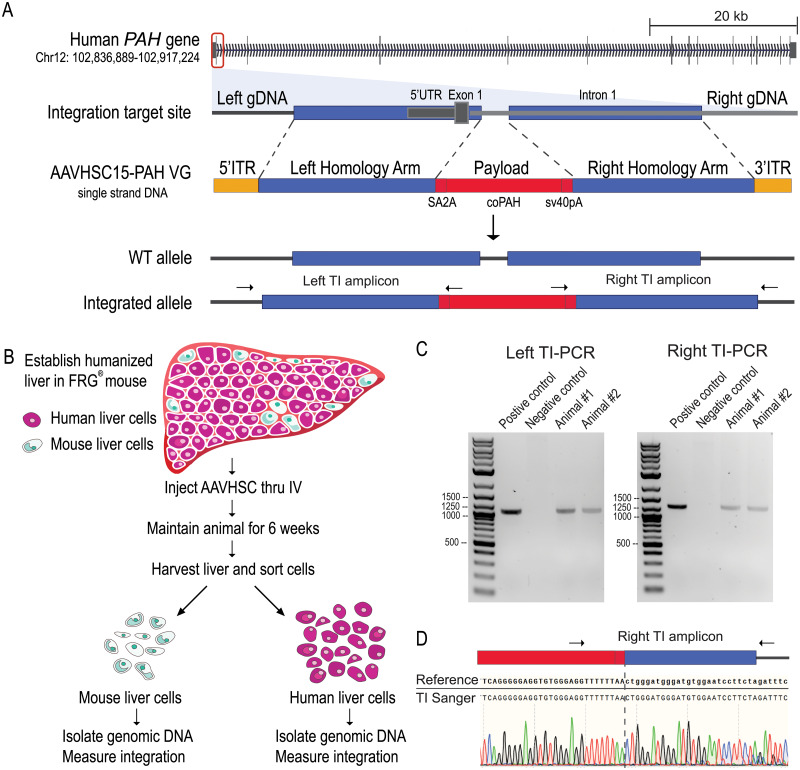Fig 1. hPAH viral genome design and FRG® mouse model.
A. Human PAH on Chr12. hPAH viral genome targets intron 1 of PAH. The payload consists of a SA (splicing acceptor), T2A element, codon-optimized PAH cDNA, and SV40 late polyadenylation sequence. The left and right homology arms, 960bp and 911bp respectively, flank the payload. Both ends of the viral genome are capped with AAV2 ITRs. After vector treatment, a fraction of the alleles had payload integration and the rest of the alleles remained WT. B. FRG® mouse model. The treated mouse liver contained ~20% mouse liver cells and ~80% human liver cells derived from a single donor. Vector was injected retro-orbitally at 1 x 1014 vg/kg dosage. Animals were maintained for 6 weeks post-dosing. The liver was harvested and liver cells were separated by species. Mouse and human liver genomic DNA were used for characterization. HuLiv image adapted from Yecuris® with permission. C. Target integration PCR (TI PCR) was used to detect integration events. The arrows on the integrated allele in Fig 1A indicate the approximate primer locations for both left and right integration sites. D. Sanger sequence of right TI PCR amplicon. 50bp region around the payload to right homology arms are shown.

